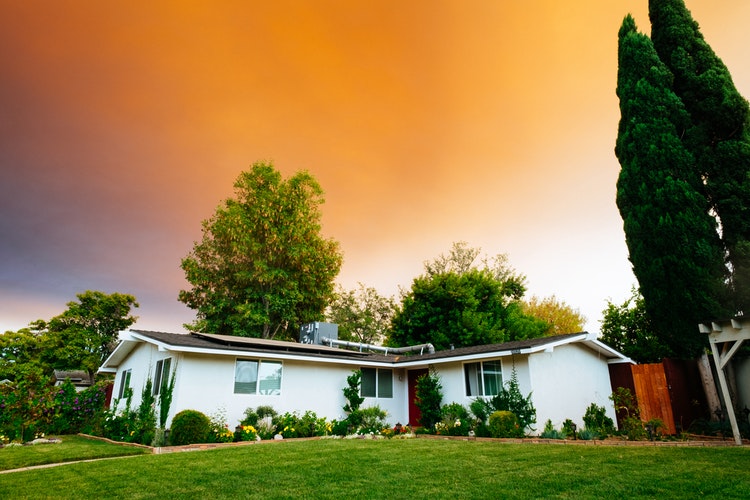7 Tips for Starting a Successful Real Estate Blog

Whether you’re a realtor using blogging to further client interest and SEO, or you’re a passionate real estate investor blogging about your feats, having the right tools is essential for success.
Very few people make more than $1,000 a month on their blogs because they don’t fully understand the blogging market. Here are some things that can help you.
1. Do Your Research
Credibility is key for a successful real estate blog, so be as educated as possible. You’re probably well-versed in real estate topics if you’re trying to start a blog, but it doesn’t hurt to research more about your current market.
Carefully research niche-specific topics as well. For example, rental properties and apartments are extremely popular all over the world. Look on apartment websites, such as this one in Chicago, to learn about the types of apartments available in certain neighborhoods, the average rent price, and information about tenant demographics.
Any and all research performed for your real estate blog will help you successfully tell a story in your chosen neighborhood.
2. Self-Host
A domain with wordpress.com or blogpspot.com at the end will rank poorly in search engines, and your blog will lose credibility. It’s certainly more affordable (totally free) to start a blog this way, but if it hinders your ability to get traffic, what’s the point?
Put your blog on its own server. You can easily buy hosting through sites like Bluehost, SiteGround, HostGator, and iPage. They rent digital storage space on their servers, so you can make the most of your blog.
The cost is just a few bucks a month for the basic package, with increasing rates if you need to increase your space. It offers full control of your blog, and it’s well worth the cost!
3. Maintain an Excellent Design
Design is also very important; it will convey a message to readers, for better or worse. You may need to hire a web designer or buy a premium template to achieve a great design.
A well-designed blog uses an appropriate color scheme, dabbles with multi-media, avoids clutter, uses easy navigation, and utilizes appealing fonts.
4. Create a Content Schedule
Once you have the back-end portion of your blog complete, develop content. Create a content schedule to help you stay on track with posting high-quality, frequent content.
Start by deciding how many posts you’d like to publish each month. Then, create a calendar on your desktop or print one, and write which days you’ll publish content.
A beginning blog with little traffic will do well to publish at least once or twice per week. As your traffic increases, you’ll want to publish more often to appease a larger audience. Schedule each publication ahead of time to generate consistency.
5. Make It Visual
Words are simply not enough on a good blog. Visitors crave visuals to punctuate each section of your blog. These visuals can be high-quality images, or they can be videos, graphs, infographics, and other forms of visual media.
The brain translates complex topics and retains information better when there are relevant images present. Do your audience a favor and make imagery a priority when publishing each post.
6. Choose Relevant Topics
Your blog is only as good as the content within. Are your topics relevant and of interest to your target audience? This will involve a combination of news-style articles and evergreen content.
New articles will involve information about trends, stories, and happenings in the present day. You might write about the current market, statistics from last year’s market, or your latest venture in real estate.
Evergreen articles are aptly named because they represent content that’s useful for more than just the present. It might include tips and tricks, definitions, checklists, and other content that can be used for years to come.
7. Learn How to Monetize if Necessary
If your real estate blog is attached to a business, monetization may not be necessary. However, if it’s a sole-enterprise, making money is a priority. Monetizing your blog is best when you’ve developed a steady following, usually 1,000 subscribers or more. Once you’ve grown your traffic sufficiently, here are some ways to make money:
- Affiliate links
- Advertising space
- Coaching services
- Freelance blogging
- Original online courses
- Paid reviews
- eBooks
You might not get rich from blogging, but if you apply these monetizing tips to perfection, you can bring in an extra thousand per month without much effort.


